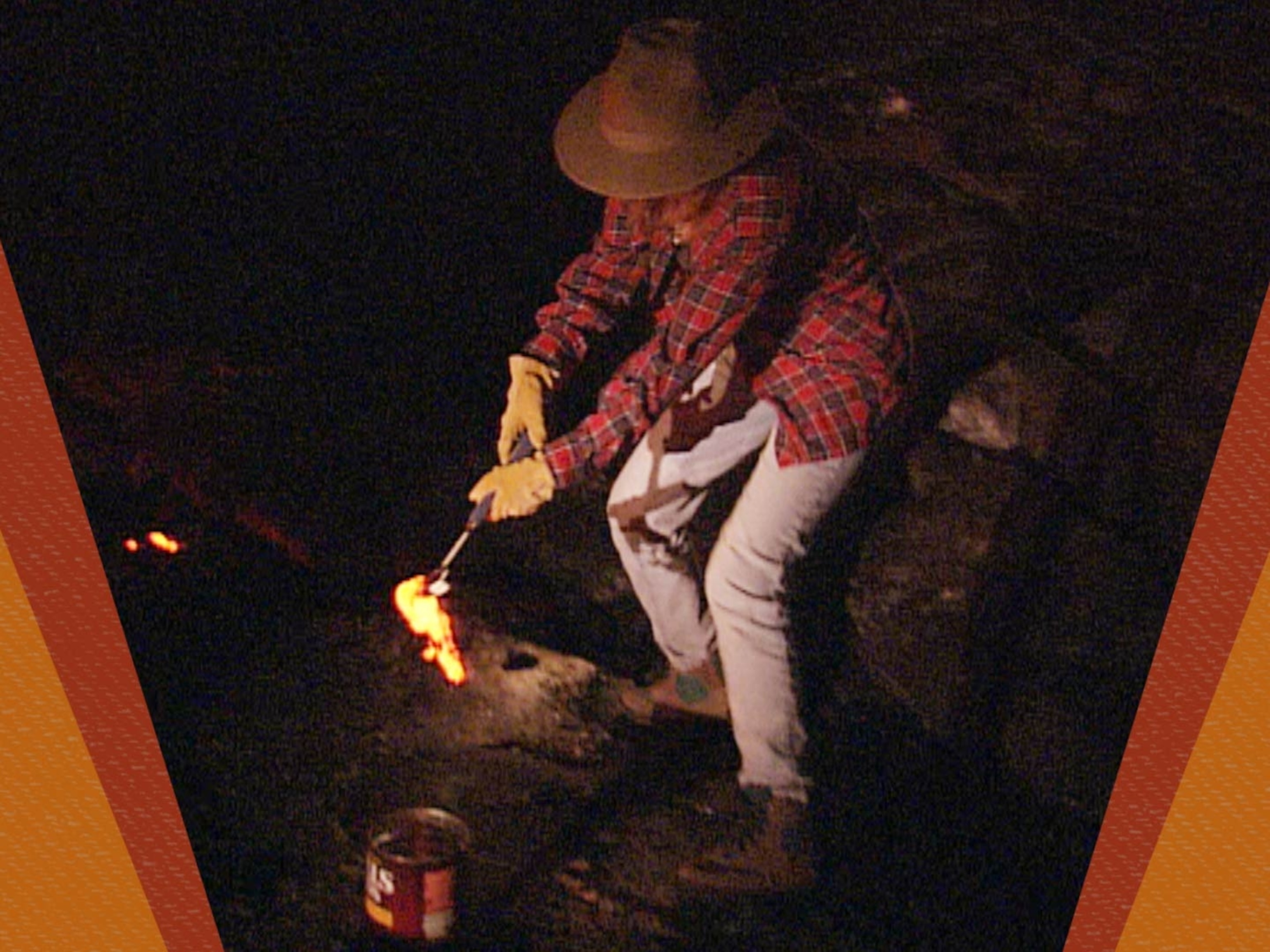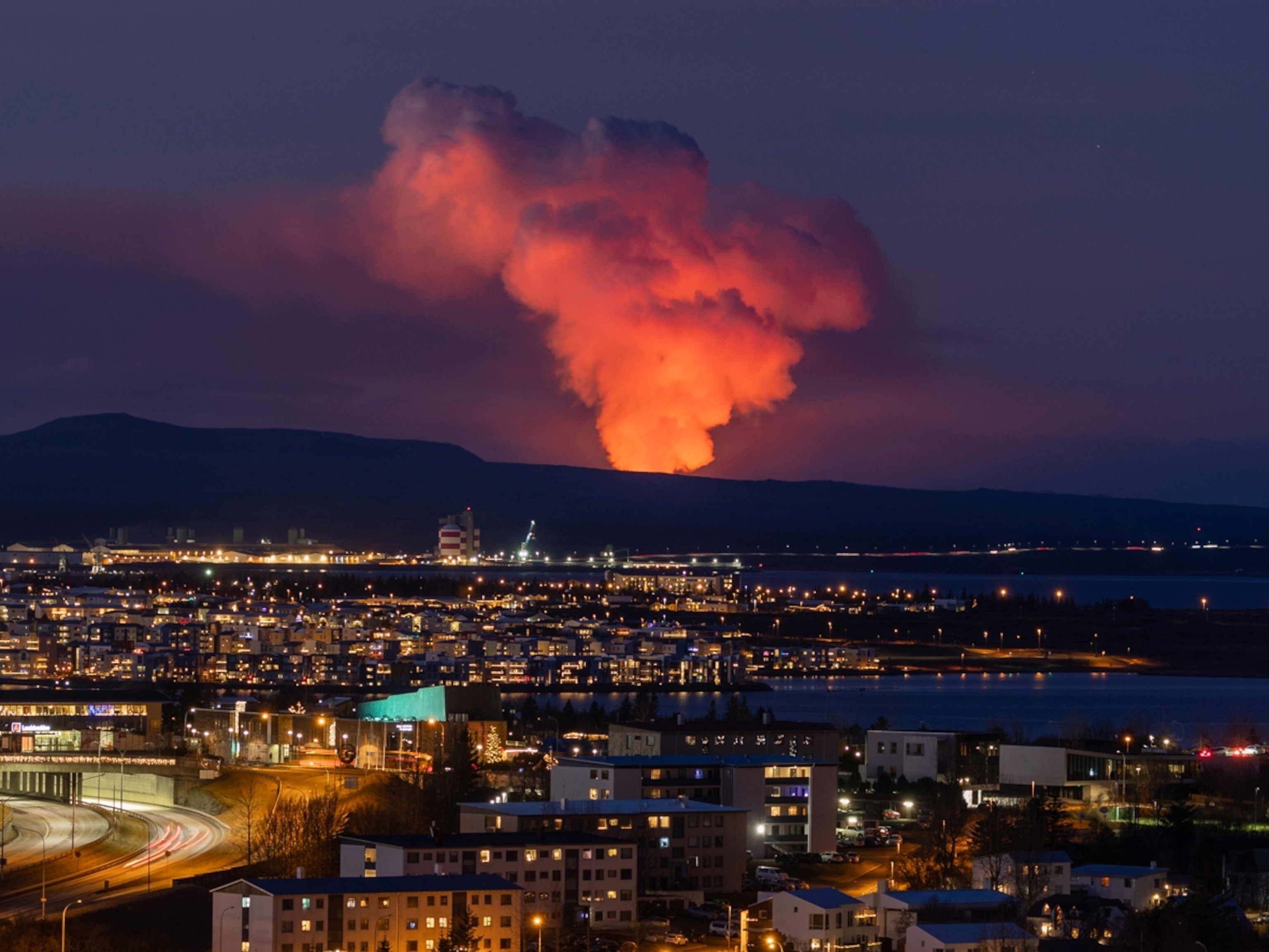
What's the Difference Between Magma and Lava?
And why do some volcanoes explode and others only ooze? It all comes down to their gooey centers.
Hawaii's Kilauea volcano keeps erupting with syrupy lava flows, serving as a fiery reminder of nature's destructive power. But as the ongoing eruption captures headlines, a question might occur to you: What's the difference between magma and lava?
The distinction between magma and lava is all about location. When geologists refer to magma, they're talking about molten rock that's still trapped underground. If this molten rock makes it to the surface and keeps flowing like a liquid, it's called lava.
Magmas vary in their chemical composition, which gives them—and the volcanoes that contain them—different properties.
Mafic magmas like those in Hawaii tend to form when the heavier crust that forms the ocean floor melts. They contain between 47 to 63 percent silica, the mineral that makes up glass and quartz. As far as molten rocks go, mafic magmas are fairly runny, with viscosities ranging from molasses to peanut butter. They're also the hottest variety of magma, reaching temperatures between 1,800 degrees to 2,200 degrees Fahrenheit.
What are the biggest dangers from Hawaii's erupting Kilauea volcano?
Silicic magmas, on the other hand, tend to form when the lighter continental crust melts. These magmas are more than 63 percent silica, which makes them more viscous: At their runniest, silicic magmas flow about as well as lard or caulk—which is to say not well at all. They're also cooler than mafic magmas. Rhyolite, an especially silica-rich type of lava, hits temperatures between only 1,200 degrees to 1,500 degrees Fahrenheit.
Why do so many people live near active volcanoes?
Since silicic magmas are colder and goopier than mafic magmas, dissolved gases have a harder time venting out of them. This makes silicic magmas more dangerous: As more gas builds up in the magma, it becomes more explosive, like adding more and more carbonation to a soda.

When silicic magmas are no longer confined under sufficiently high pressure, the gases dissolved within them come out of solution and form bubbles. And just like opening a shaken-up can of soda, the resulting rush of vapor triggers an explosive eruption. Iconic cone-shaped volcanoes called stratovolcanoes, such as Mount Pinatubo, are loaded with silicic magmas.
Hawaii's volcanoes, on the other hand, contain especially low-silica magmas made of basalt, which means they have much less explosive oomph. Instead, they ooze and spatter, creating shield volcanoes—gently sloped formations that have become the islands' signature geologic silhouette.
You May Also Like
Go Further
Animals
- How can we protect grizzlies from their biggest threat—trains?How can we protect grizzlies from their biggest threat—trains?
- This ‘saber-toothed’ salmon wasn’t quite what we thoughtThis ‘saber-toothed’ salmon wasn’t quite what we thought
- Why this rhino-zebra friendship makes perfect senseWhy this rhino-zebra friendship makes perfect sense
- When did bioluminescence evolve? It’s older than we thought.When did bioluminescence evolve? It’s older than we thought.
- Soy, skim … spider. Are any of these technically milk?Soy, skim … spider. Are any of these technically milk?
Environment
- Are the Great Lakes the key to solving America’s emissions conundrum?Are the Great Lakes the key to solving America’s emissions conundrum?
- The world’s historic sites face climate change. Can Petra lead the way?The world’s historic sites face climate change. Can Petra lead the way?
- This pristine piece of the Amazon shows nature’s resilienceThis pristine piece of the Amazon shows nature’s resilience
- Listen to 30 years of climate change transformed into haunting musicListen to 30 years of climate change transformed into haunting music
History & Culture
- Meet the original members of the tortured poets departmentMeet the original members of the tortured poets department
- Séances at the White House? Why these first ladies turned to the occultSéances at the White House? Why these first ladies turned to the occult
- Gambling is everywhere now. When is that a problem?Gambling is everywhere now. When is that a problem?
- Beauty is pain—at least it was in 17th-century SpainBeauty is pain—at least it was in 17th-century Spain
Science
- Here's how astronomers found one of the rarest phenomenons in spaceHere's how astronomers found one of the rarest phenomenons in space
- Not an extrovert or introvert? There’s a word for that.Not an extrovert or introvert? There’s a word for that.
- NASA has a plan to clean up space junk—but is going green enough?NASA has a plan to clean up space junk—but is going green enough?
- Soy, skim … spider. Are any of these technically milk?Soy, skim … spider. Are any of these technically milk?
Travel
- Dina Macki on Omani cuisine and Zanzibari flavoursDina Macki on Omani cuisine and Zanzibari flavours
- How to see Mexico's Baja California beyond the beachesHow to see Mexico's Baja California beyond the beaches
- Could Mexico's Chepe Express be the ultimate slow rail adventure?Could Mexico's Chepe Express be the ultimate slow rail adventure?




